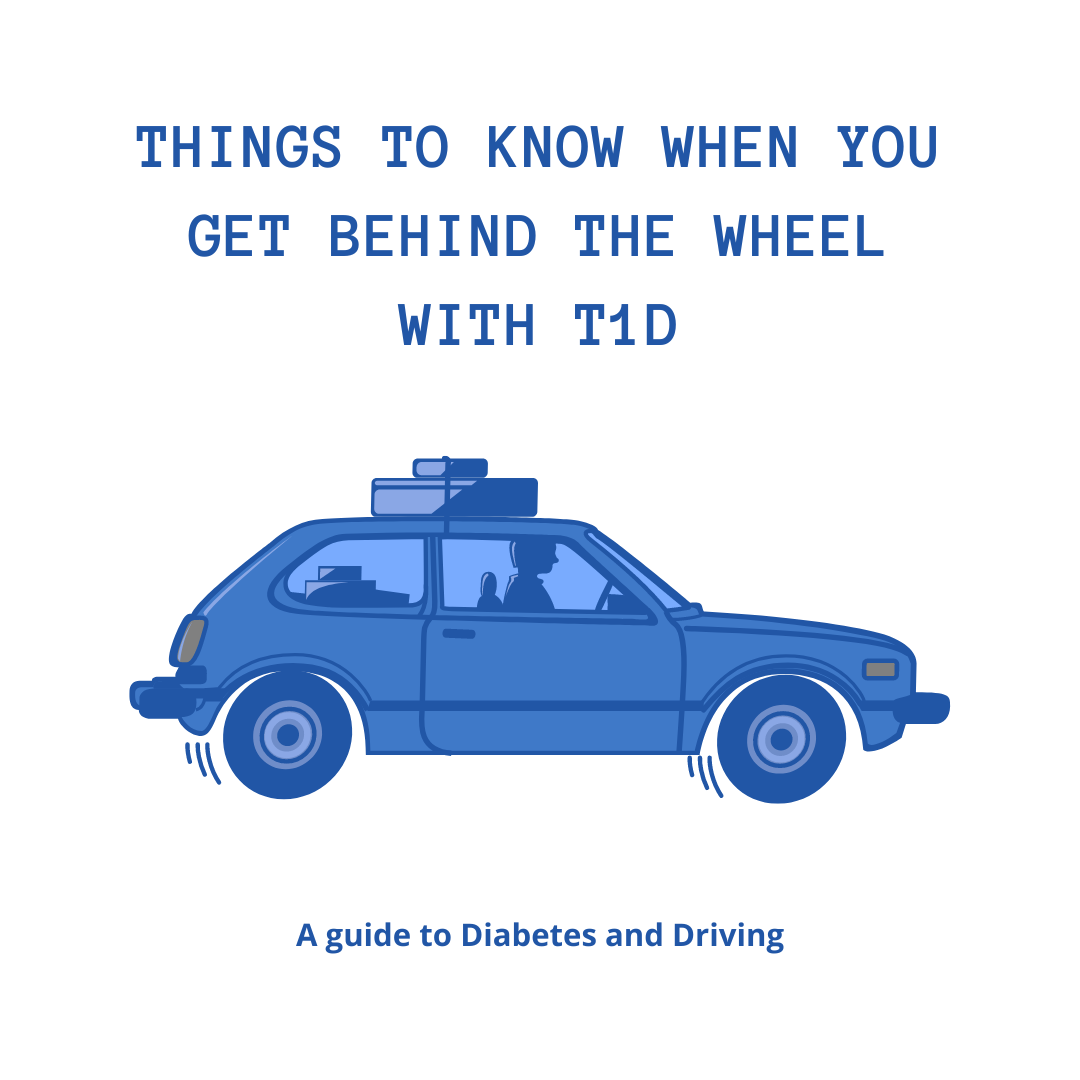
A Guide to Diabetes and Driving
Dated : 07 Apr 2024
INTRODUCTION
Everyone follows rules while driving but there are some specific points to keep in mind if you are driving and you are suffering from diabetes.
There are some terms you should know if you want to be a safe driver for yourselves and for others.
HYPOGLYCEMIA
It is a medical term for low glucose ( sugar) level, symptoms include
Sweating Anxiety, Feeling hungry, Shakiness or trembling , tingling lips
The risk of hypoglycemia is the main danger to safe driving and this risk increases the longer you are on insulin treatment. This may endanger your own life as well as that of other road users. Many of the accidents caused by hypoglycemia are because drivers carry on driving even though they get warning symptoms of hypoglycemia . If you get warning symptoms of hypoglycemia whilst driving you must stop safely as soon as possible.
EYESIGHT
All drivers are required to read in good daylight ( with glasses or contact lenses if
necessary ) from a distance of 20 metre.Also the visual acuity ( with the aid of glasses or contact lenses if worn) must be atleast 6/12.
LIMB PROBLEMS
Limb problems or amputations are unlikely to prevent driving. They maybe overcome by driving certain types of vehicles for eg automatics or those with hand controls.
Drivers with insulin treated diabetes are advised to take the following precautions-:
You should always carry your glucose meter and blood glucose strips with you.
You should check your glucose less than 2 hours before the start of your first journey and the first glucose check after driving has started.
A maximum of 2 hours should pass between the pre driving glucose check and the first glucose check after driving has started.
More frequent testing may be required if for any reason there is greater risk of hypoglycemia for eg after physical activity or an altered meal routine.
Always keep an emergency supply of fast acting carbohydrate such as glucose tablets or sweets within easy reach within the vehicle.
You should carry personal identification to show that you have diabetes in case of injury in a road traffic accident.
You should take extra care during changes of insulin regiments, changes of lifestyle, exercise, travel and pregnancy.
You must eat regular meals and snacks and take meal breaks on long journeys . Always avoid alcohol.
Advice on managing hypoglycemia or developing hypoglycemia at times relevant for driving
In any case if your glucose is 90mg/dl or less, eat a snack. If it is less than 72mg/dl or you feel symptoms of low sugar . Do not drive.
If low sugar develops while driving , stop the vehicle safely as soon as possible.
You should switch off the engine, remove the keys from ignition and move from the driver’s seat.
You should not start driving again until 45 min after finger prick, until the glucose has returned to normal ( atleast 90mg/dl) It takes upto 45 minutes for the brain to recover fully.
Your finger prick glucose level should be at least 90mg/dl before turning to driving.